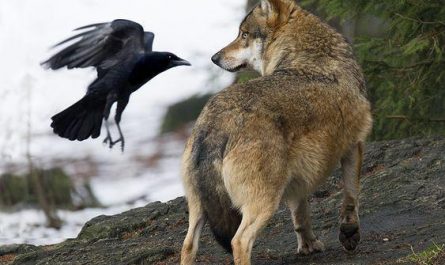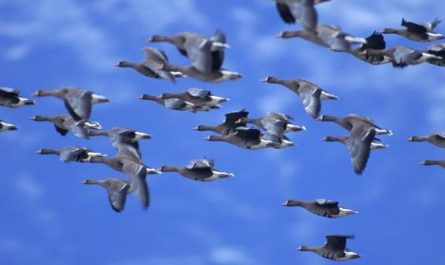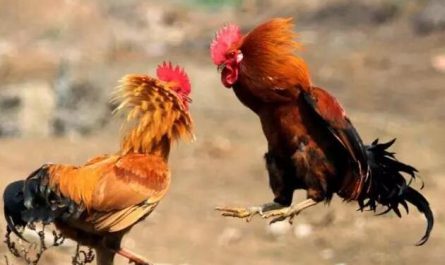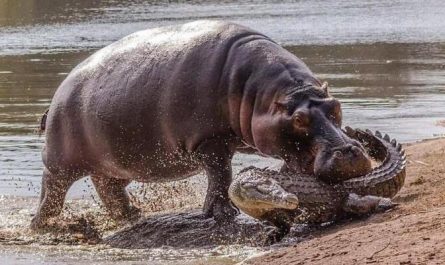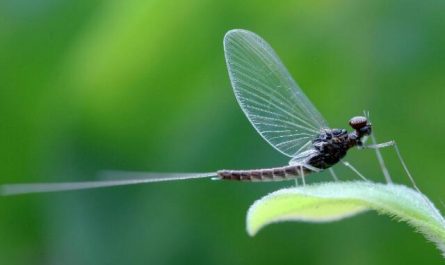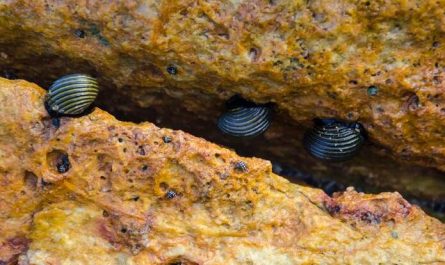The reason why birds can recognize the way
A long time ago, people had a keen interest in the ability of birds to know the way. An ordinary polar tern travels between the north and south poles twice in a year. It travels more than 20,000 kilometers, but it has never lost its way, although most of its itinerary is flying at sea. Compared with terns, domestic pigeons are more well-known for their path-knowledge. No matter where it is located, a homing pigeon can fly back to its “home” with ease and accuracy. So, what does the bird rely on to tell the direction?
Ornithologists from various countries have carried out repeated experiments on this issue and discovered several “secret weapons” by which ornithologists can identify directions. The sun and stars are their references for determining the route, and the earth’s magnetic field is their essential “navigation mark”. However, we all know that if we want to determine the heading based on the invisible magnetic field lines, we must use a compass. So, where is the bird’s compass? So far, we have not been able to give a satisfactory answer to this question. Researchers in the United States found a small piece of magnetic substance commonly found in nature above the pigeon’s eye. It is possible that it is this magnetic substance that acts as a “compass” and guides the pigeon to accurately fly to its destination. The problem is that this tiny magnetic substance is far from being available to all birds.
Biologists believe that the blood of birds serves as a compass. We know that an important component of blood is iron atoms. The blood continuously flows inside the circulatory system, forming a blood circuit in the organism. Imagine, if we put an induction coil inside the earth’s magnetic field, what will happen? An electromotive force will be generated in the induction coil, and the electromotive force depends on the angle formed by the induction coil and the earth’s magnetic field. So it is entirely possible that a certain part of the bird’s blood circulation system acts as the induction loop in the above experiment. The bird measures the magnitude of the electromotive force according to a certain “galvanometer” in its body, and judges the correctness of its course based on this.
The development history of birds
A more consistent view is that the direct ancestor of birds is a small dinosaur (Ostrom, 1967), and it is believed that the pseudo-crocodile evolved into the dinosaurs, and then further evolved into Archaeopteryx. Evolve into a new bird.
The Archaeopteryx of the ancient bird subclass was previously thought to be the only bird found in the Jurassic. In 2004, it was considered a dinosaur. It can be clearly seen from the specimens that Archaeopteryx has feathers; hind feet to toe type; carpal metacarpal bones and tarsal metatarsal bones healed; pelvic structure, clavicle, beak, mandibular joint style, and eyes are similar to birds. Archaeopteryx has grooved teeth and a long tail with a caudal vertebra; the spine is biconcave; the forewing metacarpal and phalanges are free with claws; the brain, sternum, ribs and hind limbs are similar to reptiles. So Archaeopteryx is considered to be an intermediate link between reptiles and birds.
Except for Archaeopteryx, all other birds belong to the new ornithod subclass, and their body structure is closer to that of current birds. Among them, some birds in the Cretaceous period have grooved teeth in their mouths, which constitute the dentiognathus, including the evening ornithology. And fish and birds. The other members of the New Ornithina do not have real teeth in their mouths. It began to appear in the Cretaceous and prospered in the Eocene, with a total of 34 orders. In recent years, some extinct bird fossils without teeth have been discovered in the Cretaceous strata, but most of them are scattered. These neojaw birds have 4 orders. Cockroach was discovered in the Late Cretaceous strata in Alberta, Canada. It was named Cockroach in 1940, and a second species was reported in 1971. This order is closely related to Galliformes and Anseriformes. Gobi ornithidae was discovered in the Late Cretaceous strata in Gobi Province, Mongolia. It was named Gobi Bird in 1974, and it is speculated that it may be an early representative of ratites. In 1981, based on some bird fossils collected in the Late Cretaceous strata in South America, the genus Antiornithos was established, and it was believed that it should be between the dentiognathus and Paleoornithina in terms of evolution and classification. In 1982, a new Early Cretaceous bird fossil was discovered in Mongolia, and a new order was established. It was pointed out that it might be the earliest protruding bird, which is closer to Owl. Bird fossils were discovered in the Early Cretaceous strata near Yumen City, Gansu Province, People’s Republic of China in 1984.
There are few fossil records of early tertiary birds in the Cenozoic era. The Eocene and Oligocene protrudents have developed significantly. Only the Ostriches and the Ornithidae have appeared in ratites. So far, nearly 40 extinct species have been discovered. Fossil of Mieke. The Quaternary Period was a period when birds were extremely prosperous. Most living species originated from this period. The ratites are distributed in the southern hemisphere, but the representatives of the stalactites and ostriches were found in the Middle East and Europe during the Eocene.
Some birds with neojaws also have bony protrusions on their jaws. They are bone-toothed birds found in the Eocene-Pliocene and have all been extinct. The representatives of the Ornithodontae? All have tooth-like protrusions, but not grooved teeth. There are nearly 10 genera, distributed in Europe, Asia, America and West Africa.

